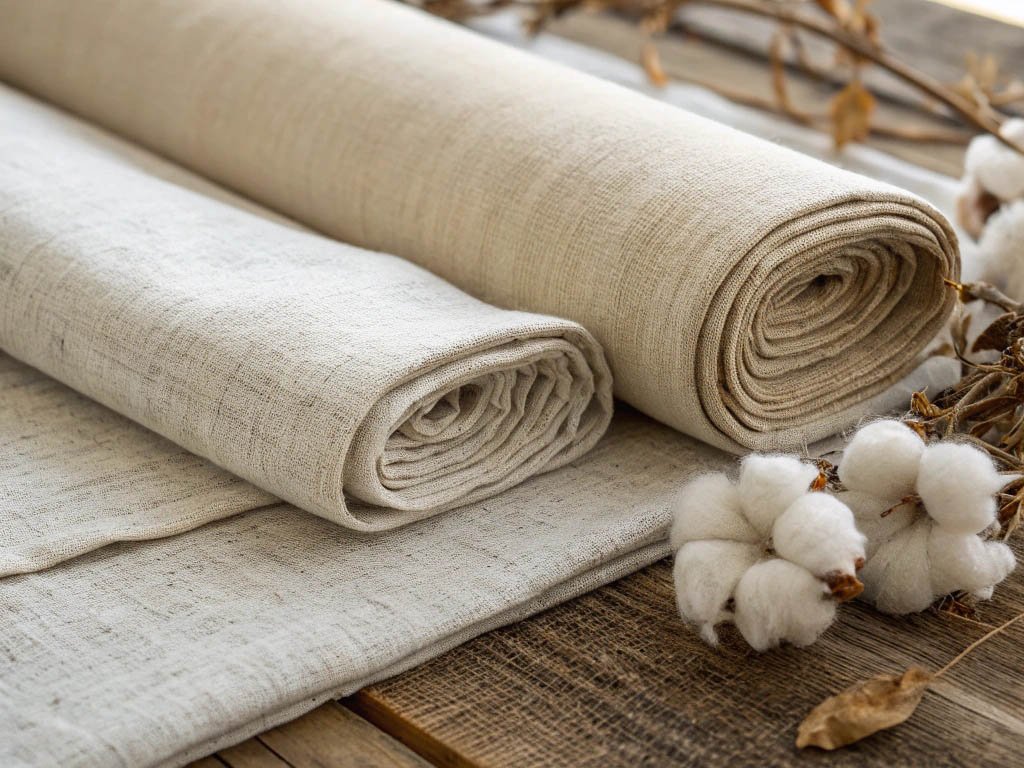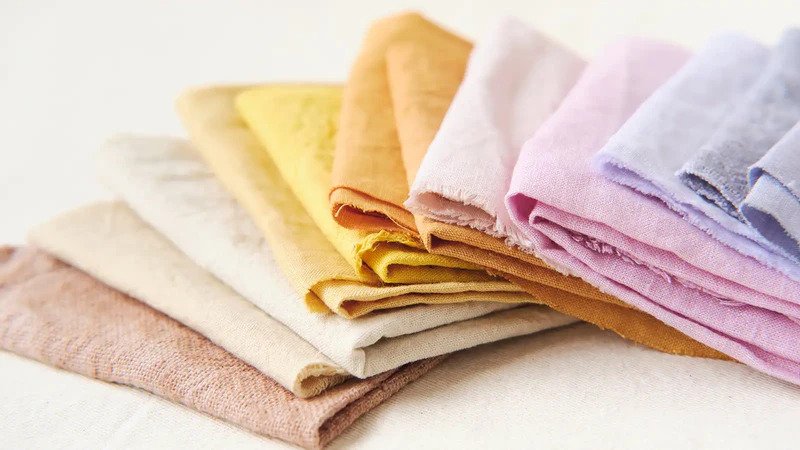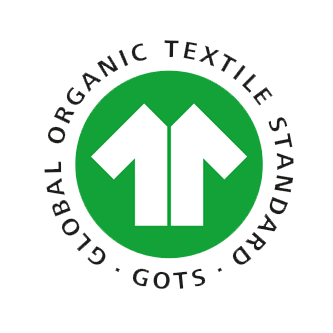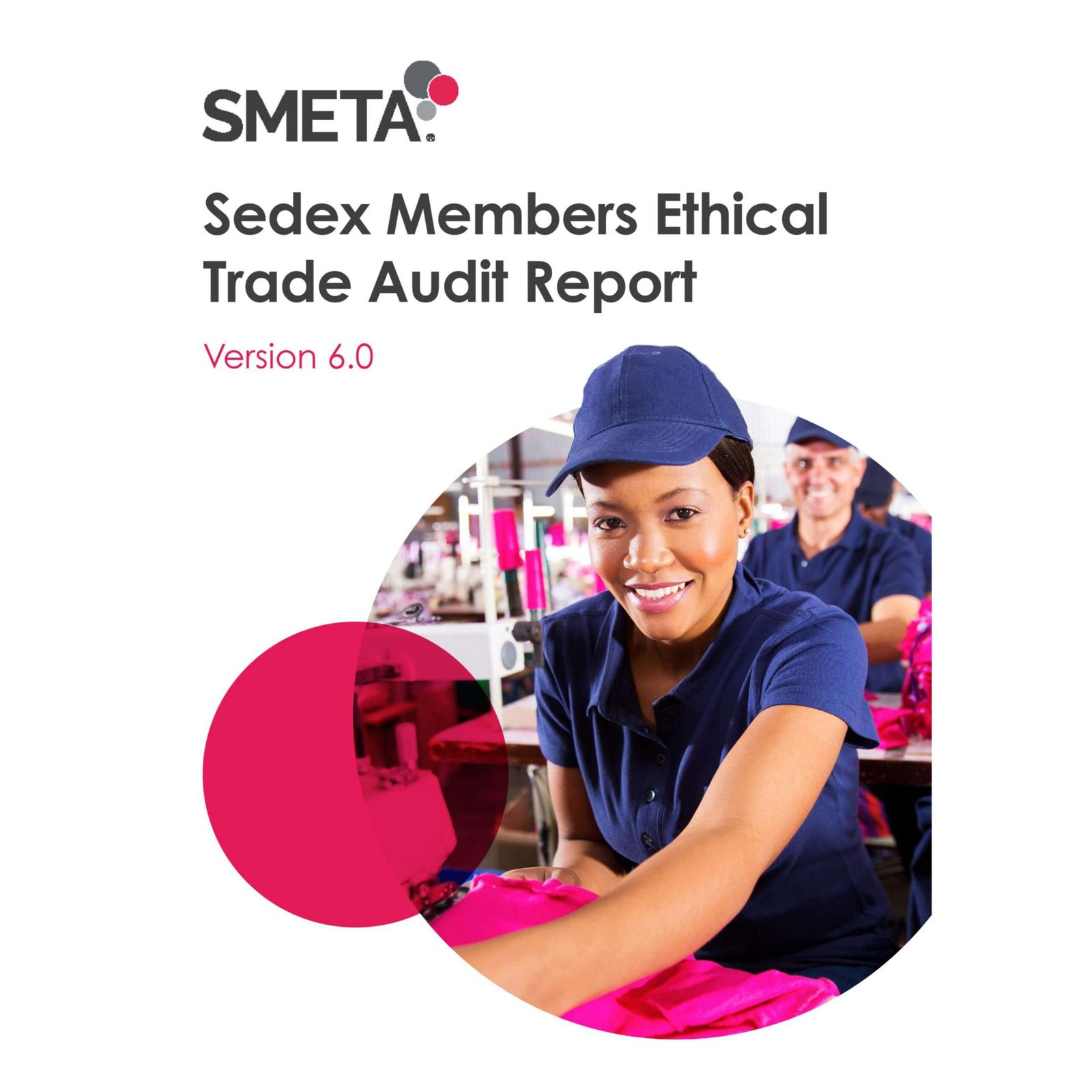Linen looks relaxed, but the process behind it is anything but. At Xzapparel, we often get asked why linen garments cost more—and it all comes down to the complexity of turning flax into fine fabric.
Yes, linen is expensive to produce because flax cultivation requires specific climates, the harvesting and retting processes are labor-intensive, and spinning and weaving linen demand specialized skills and machinery.
Now let’s explore why this classic fabric commands a premium.
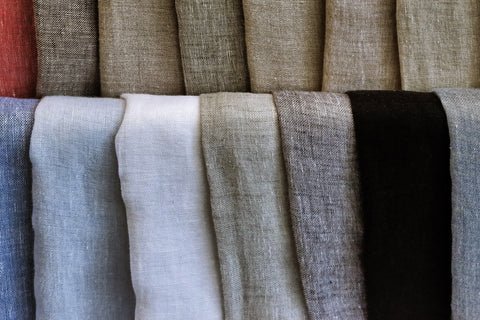
What is linen made from, and why does that impact cost?
It all starts with the flax plant.
Linen is made from the inner fibers of the flax stalk, which are harder to extract and process compared to cotton or synthetics.
Key Challenges in Flax Processing
- Short harvest window: Must be pulled, not cut, at precise maturity
- Retting process: Uses dew, water, or enzymes to loosen fiber bonds
- Breaking and scutching: Mechanical steps to remove woody stem
- Hackling: Combing process to isolate fine linen strands
Each of these adds time, labor, and equipment cost.
How does flax farming compare to cotton?
Linen is more sustainable—but harder to grow.
Flax uses less water and pesticide than cotton but requires cooler climates and longer growing seasons.
Flax vs Cotton Comparison
| Factor | Flax (Linen) | Cotton |
|---|---|---|
| Water usage | Low | High |
| Pesticide need | Minimal | High |
| Growth region | Cooler climates | Tropical/subtropical |
| Harvest method | Manual/pulled | Mechanized |
| Fiber processing | Multi-step, slow | Fast, standardized |
We source most linen through certified partners in Belgium and northern China.

What makes linen spinning and weaving costly?
More tension, more breakage.
Linen fibers are stiffer and more brittle than cotton, so spinning requires slower speeds and careful tension control. Weaving also must be gentler to avoid snap-offs.
Manufacturing Challenges
- Frequent loom stops
- Special spinning setups
- Higher yarn waste during prep
- Longer weaving times per meter
We use modern air-jet looms with fine-tuned settings for linen blends to reduce friction.
Why are linen fabrics more expensive per meter?
Yield and efficiency are lower.
Linen yields fewer usable fibers per plant, and each production stage adds more cost than in synthetic or cotton systems.
| Fabric Type | Avg. Cost (per meter) | Typical MOQ | Lead Time |
|---|---|---|---|
| Linen | $4.00–$15.00 | 300–800 meters | 25–45 days |
| Cotton | $1.50–$4.00 | 1000–5000 meters | 10–30 days |
| Viscose | $2.00–$6.00 | 500–3000 meters | 15–30 days |
We always explain these cost layers when clients request linen capsule ranges.
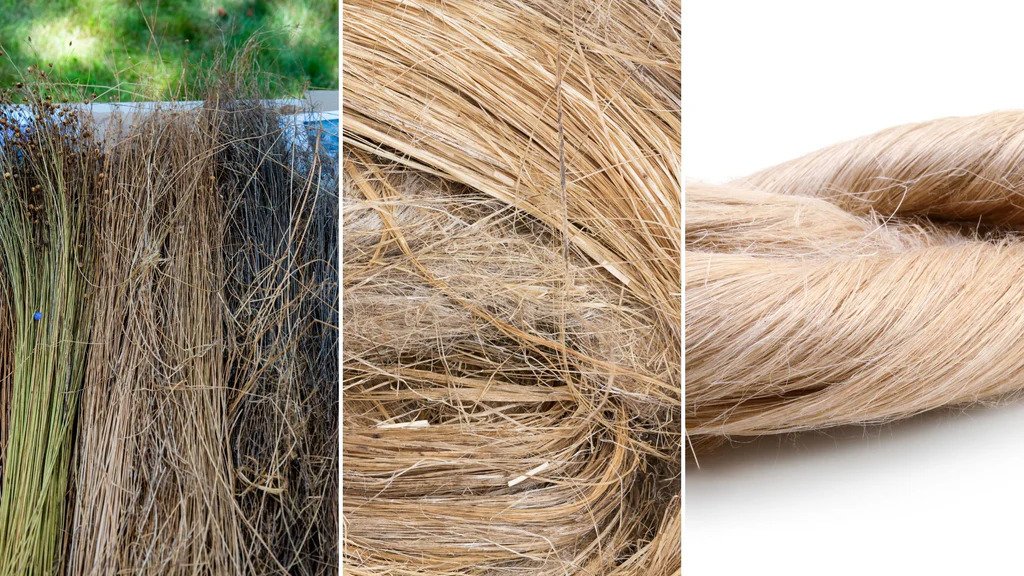
What garment details increase linen apparel cost?
Linen is less forgiving.
Because linen frays easily and has minimal stretch, we must use reinforced seams, French seams, or binding. It also wrinkles easily, so garment pressing is more intensive.
Common Linen Finish Costs
- French seams for transparency: +10–15% labor
- Double-fold hems: slower to sew, adds time
- Wash/soften treatments: enzyme or stone washes
- Placement cutting: to match slubs or textures
Each design choice adds to the garment unit price.
What about dyed or printed linen?
More care, more prep.
Linen’s absorbency means it requires careful dye control. Bleeding and blotchiness are common if not pre-treated correctly.
We run digital and rotary prints on linen-viscose blends more than 100% linen to reduce unit waste.
Do sustainable labels increase linen’s popularity and price?
Yes, especially among eco-conscious consumers.
Linen’s low water use, biodegradability, and low pesticide needs make it a top choice for brands marketing sustainable collections.
Buyers will pay more—but expect traceability.
At Xzapparel, we include flax origin and spinning mill details on hang tags for clients targeting the ethical fashion segment.

Are there cost-saving alternatives to pure linen?
Yes—without losing the vibe.
Blends like linen-rayon or linen-cotton retain breathability and texture but reduce fray and wrinkle issues while lowering price.
Common Linen Substitutes
| Blend | Benefits | Cost Impact |
|---|---|---|
| Linen–Rayon | Softer handfeel, cheaper | 15–30% lower |
| Linen–Cotton | Easier to sew, better shape retention | 10–25% lower |
| Linen–Polyester | Reduces wrinkling, longer lasting | 20–35% lower |
We often recommend blends for resortwear, shirting, or soft tailored pieces.
Conclusion
Yes, linen is more expensive to produce—and for good reason. From flax harvest to garment finishing, it demands more time, care, and labor. At Xzapparel, we believe the comfort, aesthetic, and sustainability of linen justify its premium, especially when blended smartly for performance and price.
Want help sourcing high-quality linen or blends for your next collection? Let’s bring it to life.


